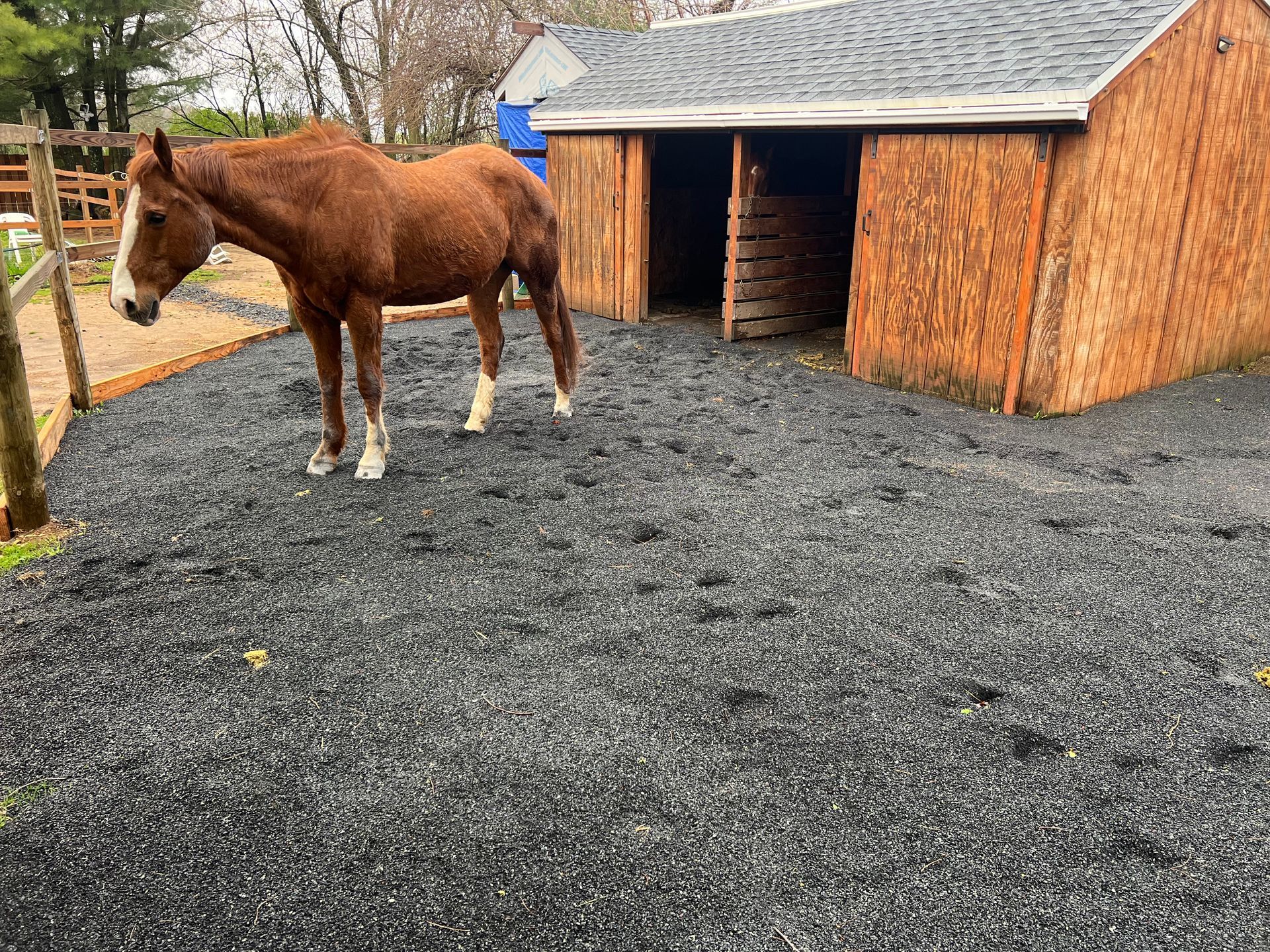The laminae and peripheral loading
One Minute Discussions #41
Discussing Natural Hoof & Horse Care
THE LAMINAE AND PERIPHERAL LOADING
The laminae acts as a zipper/bond between the hooves soft & hard structures. Although the dermal (sensitive) and epidermal (insensitive) laminae are small, only 2-3mm in width, they are very sturdy!
When a horses hoof overgrows, the wall grows above the sole, creating peripheral loading, which then creates immense pressure on that laminae. To compare, imagine your toenails overgrew and you tried to stand on your tippy toes. Your whole weight would be on your nails, and that’s pretty painful.
Taking all of this in mind, many have the illusion that peripheral hoof loading is a normal thing and it doesn’t affect the hoof in any way.
Many won’t agree, but the lamina and hoof wall shouldn’t be the main weight bearing structures in a horses hoof! Peripheral loading destroys the internal anatomy of the hoof! Each of the structures on the bottom of the foot should work with one another to help the horse bear weight.
What are your thoughts on peripheral loading? Should lamina be the main loading structure?
Denys A.
Link to article photos below!
